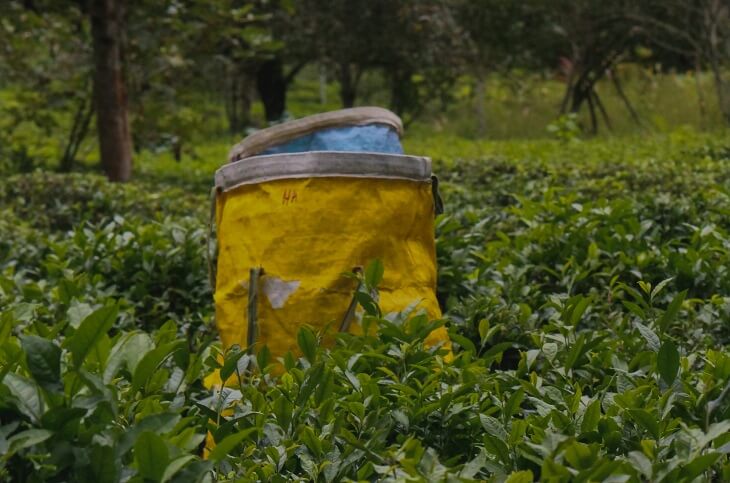
Our Projects are
Transforming African Trade
Quick Contacts
2nd Floor, Fidelity Insurance Centre Waiyaki Way, Westlands

CNN’s Victoria Rubadiri recently visited Kericho, one of Kenya’s renowned tea-growing regions, to explore the role of tea in the AfCFTA. During her visit, she spoke with Antony Kinara Margia, an experienced tea farmer who expressed hope that the agreement could unlock new opportunities for Kenyan farmers.
“Better returns for farmers may come from adding value to the tea and finding better markets. Let them not stick to one particular market; they can go elsewhere where they can get a better price. Currently, the prices offered are not very favorable to us as farmers,” said Margie.
Farmers like Margia’s sentiments underscore the importance of diversifying trade opportunities beyond traditional markets. By expanding into new African markets, tea producers could realize better returns, enhancing the sector’s overall sustainability.
Kenya is one of seven countries chosen to lead tariff-free trade under the AfCFTA’s Guided Trade Initiative. However, despite the promise of the initiative, logistical challenges remain.
Lindah Oluoch, CEO of the Kenya Tea Growers Association, highlighted the difficulties experienced during the initial implementation of tariff-free trade.
“The Guided Trade Initiative tea consignment took about six months to get to Ghana. If there was an appropriate road network or rail network, an electric train system, that would improve our capability to export more volumes to those destinations and build a consumer base in those destinations,” said Oluoch.
She stressed the necessity of advanced infrastructure for the success of the free trade agreement. Efficient transportation systems, she noted, are crucial for reducing trade times and costs, thus improving competitiveness.
“The East African region already has the advantage of being united by tea. There is room, as East African countries, to combine our diplomatic capabilities and start to initiate a conversation with our West African partners on how we can set up this trade corridor, and build this rail, that would ensure if I ordered my tea in Lagos, it would be at my door in three days or even in 24 hours,” added Oluoch.
Beyond tea, the broader implementation of the AfCFTA is seeing significant progress, with organizations like TradeMark Africa playing a vital role in the agreement’s success. Erastus Mwencha, Chairman of TradeMark Africa, shared insights into how the organization has facilitated intra-African trade, mainly through infrastructure development.
“TradeMark has helped, particularly in East Africa, to construct no less than 15 one-stop border posts, which means you now reduce the time that trade takes, say, from the port of Mombasa to Kigali. Before TradeMark started, it used to take up to one month for a truck to move from Mombasa to Kigali, but now it is taking about six days. Imagine the savings—24 days. That means a truck that was doing just one trip in a month now can do six trips,” said Mwencha.
These logistical improvements represent a key step toward unlocking the full potential of the AfCFTA. By reducing transit times and streamlining border processes, African countries can increase the volume of goods traded within the continent, driving economic growth and creating new business opportunities.
Mwencha further emphasized the significance of the Guided Trade Initiative as a pilot program. He said, “It has demonstrated three things: that there is a possibility to be able to do business within the continent, the challenges identified can be systematically addressed, and this is an opportunity for Africa to exploit its market potential.”
As Kenya continues to navigate the complexities of the AfCFTA, the focus on improving infrastructure and expanding market access will be essential for the long-term success of the country’s tea industry. By addressing these challenges, the AfCFTA presents a promising avenue for Kenyan tea producers to diversify their markets, improve returns, and strengthen their position within the global tea trade.
Disclaimer: The views and opinions expressed in this article are those of the authors and do not necessarily reflect the official policy or position of TradeMark Africa.